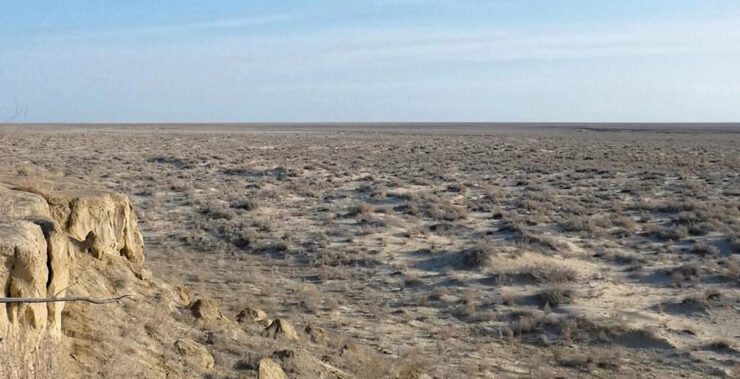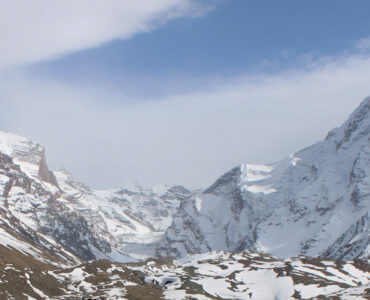A study by Leibniz Institute for Tropospheric Research (TROPOS) has investigated the effects of dust from the Aralkum Desert across Central Asia. The results have shown that the region became 7% dustier in the last 30 years due to the drying up of the Aral Sea, and the dust emissions grew from 14 to 27 million tonnes. These dust emissions affect not only the population in the immediate proximity, but have an impact on people living as far as the capitals of Turkmenistan and Tajikistan. Apart from air quality impacts, they may also accelerate glacier melt and further affect the water shortage in the region.
Before the dry up, the Aral Sea used to be the fourth largest lake in the world with an area of 68 thousand km2. It was fed by Amu Darya and Syr Darya rivers, but the inflow has significantly declined as more water was used up for agriculture, and a significant share of the lake became a desert. While the Aralkum Desert is 60 thousand km2 and much smaller than Karakum or Kyzylkum deserts, its emissions are more hazardous due to the presence of fertilizer and pesticide particles.
Where do dust particles travel to?
Winds from the west usually dominate the dust storm activity, but wind from other directions also can happen during different seasons. As the Arctic warms, western winds may become more frequent in winter, affecting people in the East even more. Agricultural regions along the Syr Darya river experience negative impacts, but the dust travels to Ashgabat as well.
Donate to support Turkmen analysts, researchers and writers to produce factual, constructive and progressive content in their efforts to educate the public of Turkmenistan.
SUPPORT OUR WORKThis dust can also have a warming or cooling effect depending on conditions. At night it may have a warming effect and during the day a more cooling effect. Doubling of emissions from the Aralkum desert has already been shown to have both stronger radiative cooling and heating effects. Dust events tend to occur mostly in June, September, November, December, and March. Additionally, this dust may change the large-scale weather patterns, as it increases the air pressure at ground level by 0.76 Pascal.
The study highlights that while desertification occurs only in specific areas, the impacts of it are felt far beyond this localized area and affects larger regions.






